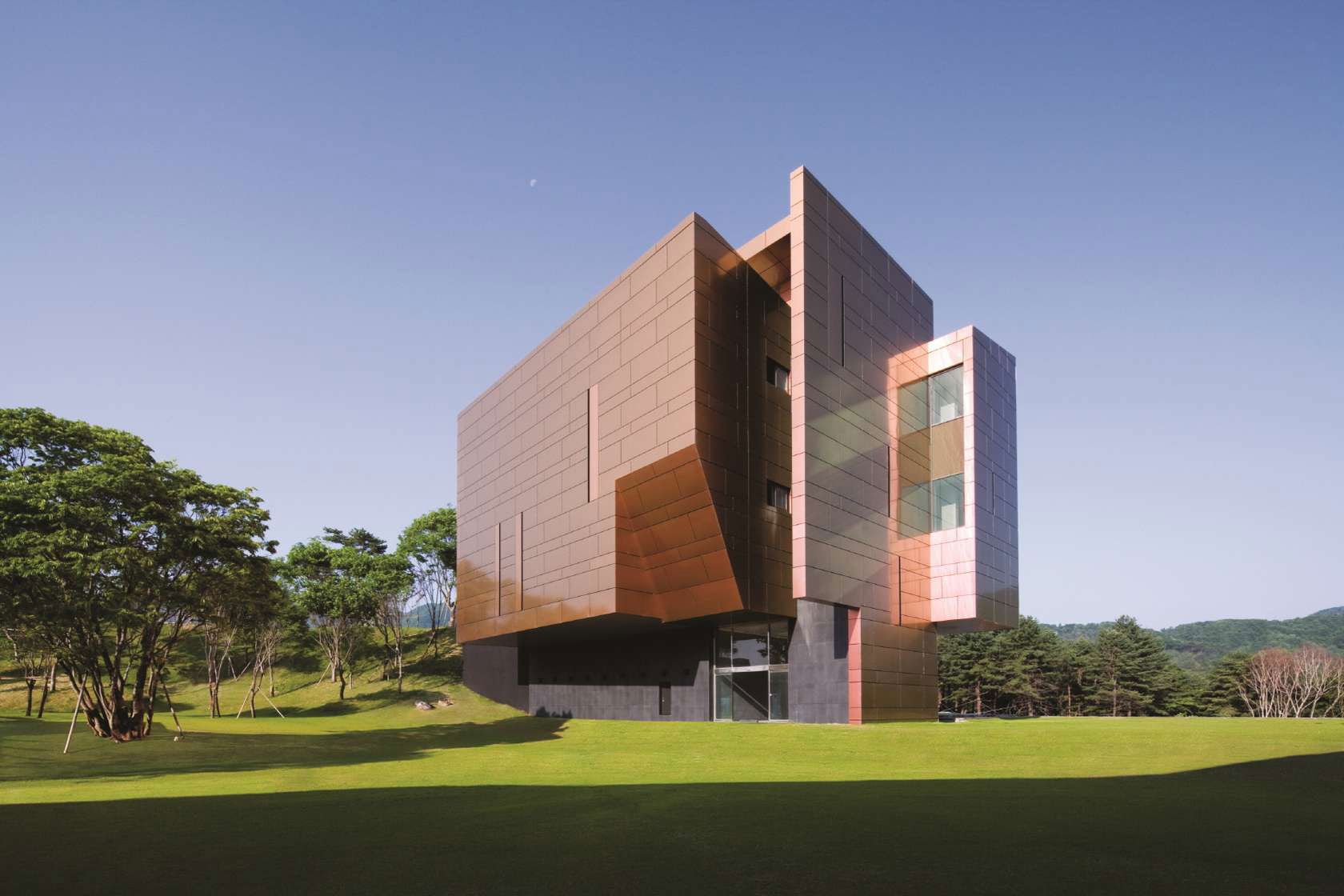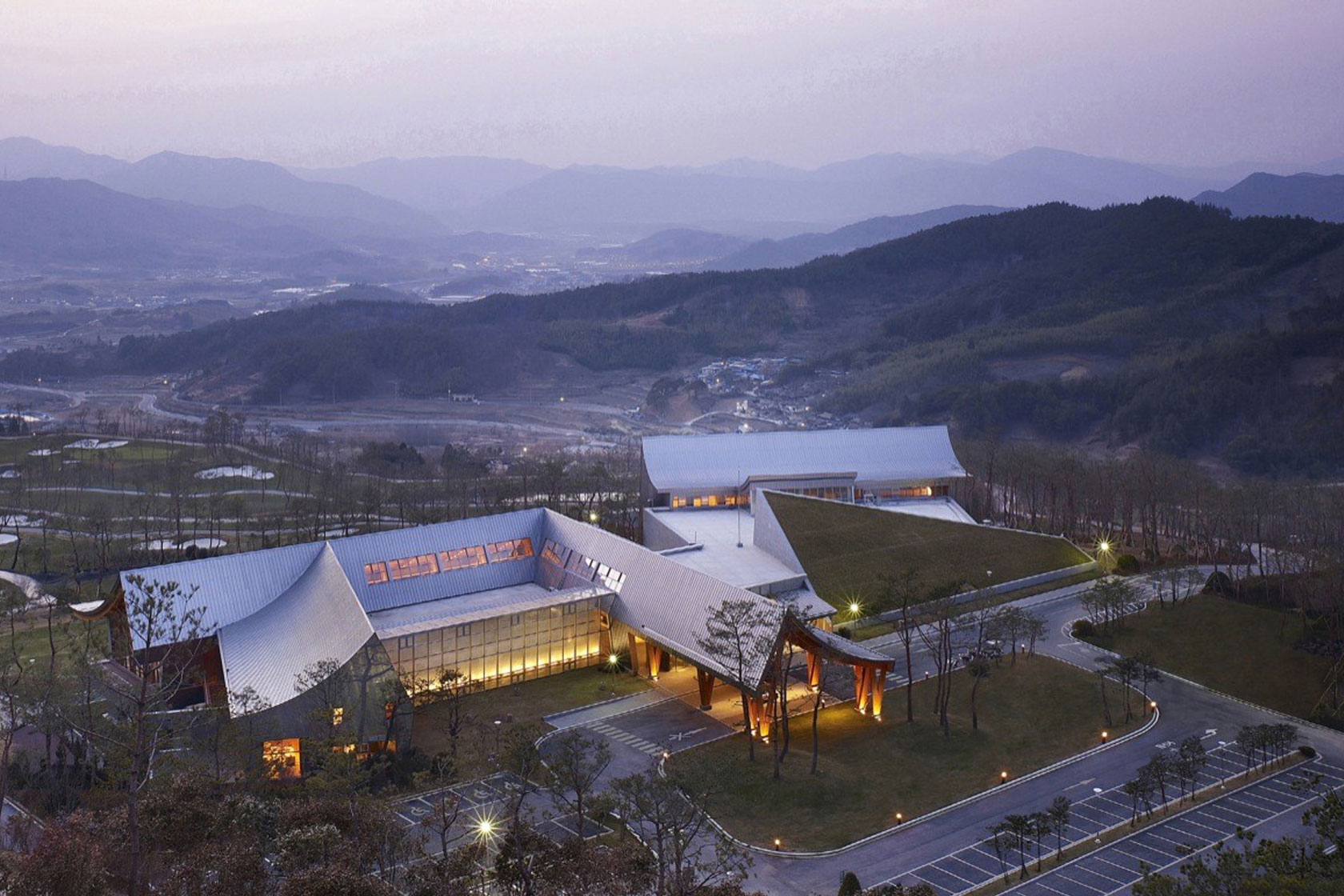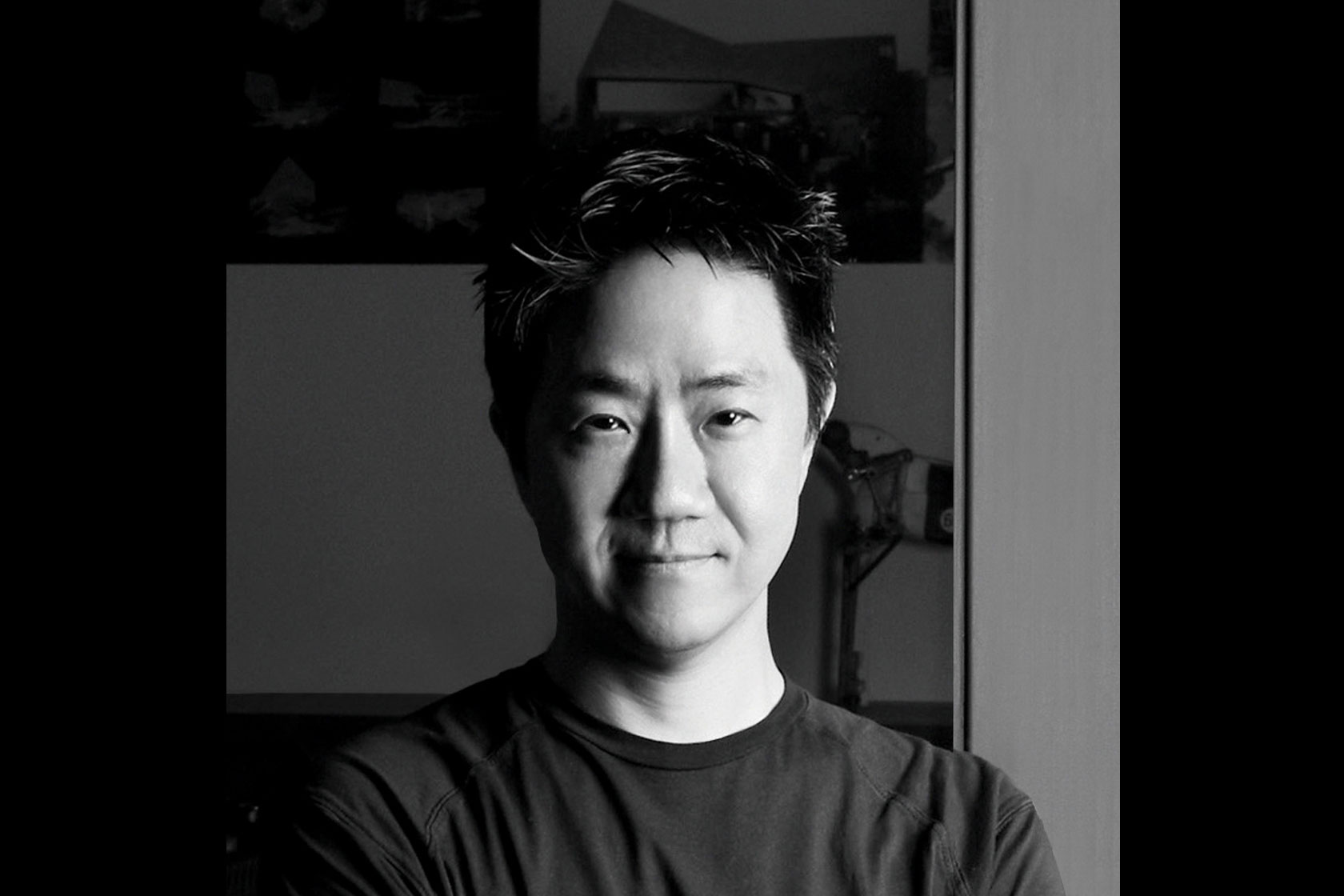Between Site and Space: Alum’s Insight Inspires Students
Ken Sungjin Min MAUD ’93 epitomizes a growing cohort of foreign-born GSD alumni who remain engaged with the School and the larger GSD community in meaningful ways even after returning to their home country and practicing for decades. As President of GSD Korea, and a member of the Josep Lluís Sert Council, Min is committed to playing an active role in the GSD community.
Min recently returned to campus to present his work for the Alumni Insights lecture series, bringing with him a message that reflects his steadfast commitment to innovation through design. As an intimate crowd of aspiring young designers gathered for a midday break, Min shared that from his perspective, “The big idea can make all the difference.”
Min began his talk, entitled “Between Site + Space,” by examining a personal history that he believes is at the heart of his current professional work. Born in the countryside in Korea, he moved to the U.S. at age 16. The only Asian student in his high school, he took on what he describes as “American ways” during the day, but retained his Asian heritage at home. After 17 years in the U.S. (including his time at the GSD and two years practicing architecture in Los Angeles), Min returned to Korea at age 33. Not wanting to work for a traditional Korean architecture firm, he opened his own practice in Seoul.
SKM Architects (SKM) has grown from just one employee to thirty professionals today, and creates a broad spectrum of project types: housing, galleries, resort hotels, corporate headquarters, and even a car dealership and showroom. Despite their variety, each project maintains a consistent focus on integration with the surrounding landscape, and the innovative application of building materials. Min personally engages in every project, and keeps the work fresh by challenging Korean design conventions.
Min’s big break came with the commission for the Ananti Club, a now-famous subterranean project outside of Seoul. With 92% of the facility built underground, SKM’s design rejects the classic European clubhouse form, fully integrating the building into the mountainous terrain, and blending the building into the landscape. This multiple award-winning project opened doors for SKM to work on increasingly complex assignments.
As Min closed the lecture, he answered a number of student questions. Answering one, Min reflected on a central part of his design philosophy, “Clients care about the end product—our car dealership client is a case in point. They thought our fee was too high, but they came to us because they were not happy with their first project. They knew they were looking for something more—the “big idea.” Clients want ideas, not just aesthetics. We need to bring value to the client. The “big idea” can make a difference!”
To see more of Min’s work, visit the SKM website.



